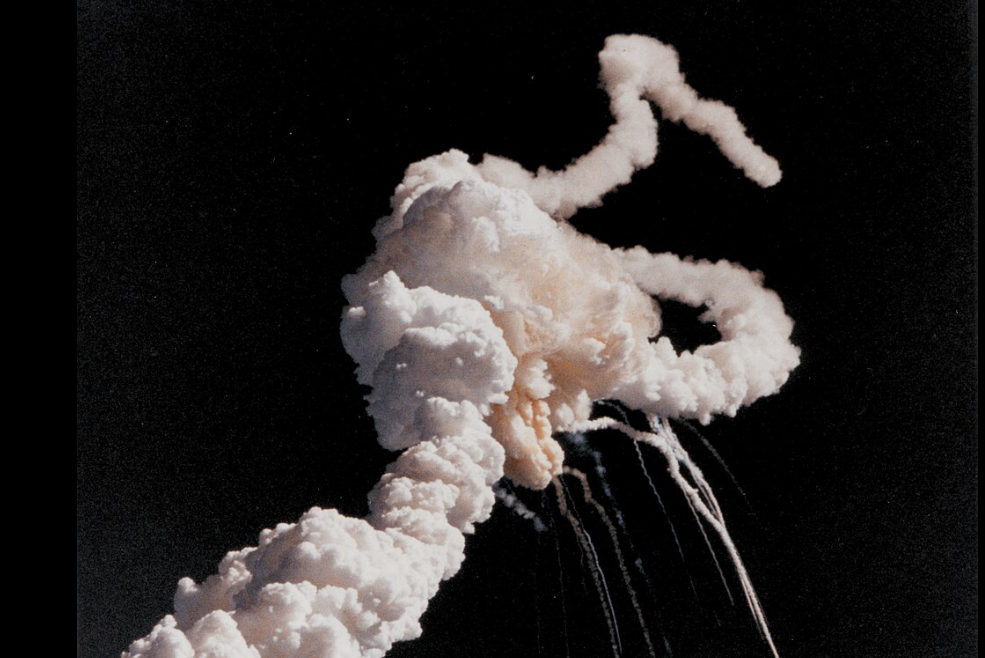Background
The Challenger Space Shuttle disaster happened on January 28, 1986, when the Space Shuttle Challenger broke apart 73 seconds into its flight, leading to the deaths of its seven crew members.
The Rogers Commission was established by President Ronald Reagan to investigate the disaster. While the commission found the cause was a failure in the O-rings that allow hot gas to escape from the SRB thus causing a breach, fire and eventual explosion, there were several other institutional factors within NASA that contributed to the disaster
But these factors are still valid for all organisations and their change projects:
Importance of Safety Over Schedule-
- Prioritize Safety:- The disaster underscored the need to prioritize safety over schedule pressures. The rush to maintain a launch schedule led to critical warnings being overlooked.
- Risk Management:- Implement comprehensive risk management practices to identify, assess, and mitigate risks effectively.
Engineering and Management Communication-
- Open Communication: – Ensure open and transparent communication between engineers and management. Engineers’ concerns about the O-rings were not adequately communicated to decision-makers.
- Listening to Experts: – Give proper weight to the technical concerns of engineers and experts, even if they conflict with schedule or cost considerations.
Organizational Culture-
- Safety Culture: – Foster a strong safety culture where employees feel empowered to speak up about potential hazards without fear of retribution.
- Accountability:- Establish clear accountability and responsibility for safety at all organizational levels.
Decision-Making Processes-
- Informed Decisions:- Ensure that decision-makers have access to all relevant information, including dissenting opinions and technical data.
- Documentation:- Properly document all safety concerns and decisions made during the design and operational processes.
Redundancy and Testing-
- Design Redundancies:- Incorporate redundancy into critical system designs to ensure that single-point failures do not lead to catastrophic outcomes.
- Rigorous Testing:- Conduct thorough and rigorous testing of components under all expected operating conditions, including extreme environments.
Addressing Known Issues-
- Proactive Problem Solving:- Address known technical issues proactively. The O-ring problem was known but not resolved before the launch.
- Continuous Improvement:- Implement a continuous improvement process to learn from past incidents, improve safety protocols, and designs continuously.
Public and Media Communication-
- Transparent Communication:- Maintain transparent communication with the public and media, especially in the event of an incident or accident.
- Crisis Management:- Develop and practice effective crisis management strategies to handle public relations and information dissemination during emergencies.
Training and Preparedness-
- Training Programs:- Develop comprehensive training programs for all staff, emphasizing safety procedures, risk management, and emergency response.
- Emergency Preparedness:- Prepare for emergencies with regular drills and simulations to ensure readiness.
External Reviews and Oversight-
- Independent Oversight:- Establish independent review boards to oversee safety practices and provide unbiased assessments of risks and procedures.
- Regular Audits:- Conduct regular safety audits and reviews to identify and rectify potential issues before they lead to accidents.
Conclusion
These lessons from the Challenger disaster have been instrumental in preventing similar incidents and ensuring the safety and success of future space missions.
But they are applicable not only to space exploration but also to various fields where safety and risk management are critical.
And they are still relevant today!!


Recent Comments